Description
Polyethylene Pipe Parameter
| HDPE Pipe for Water Supply(PE100) | |||||
| Nominal diameter dn(mm) | Nominal Wall Thickness(mm) | ||||
| PN0.6 | PN0.8 | PN1.0 | PN1.25 | PN1.6 | |
| SDR26 | SDR21 | SDR17 | SDR13.6 | SDR11 | |
| 20 | – | – | – | – | 2.3 |
| 25 | – | – | – | 2.3 | 2.3 |
| 32 | – | – | 2.3 | 2.4 | 3 |
| 40 | – | 2.3 | 2.4 | 3 | 3.7 |
| 50 | 2.3 | 2.4 | 3 | 3.7 | 4.6 |
| 63 | 2.4 | 3 | 3.8 | 4.7 | 5.8 |
| 75 | 2.9 | 3.6 | 4.5 | 5.6 | 6.8 |
| 90 | 3.5 | 4.3 | 5.4 | 6.7 | 8.2 |
| 110 | 4.2 | 5.3 | 6.6 | 8.1 | 10 |
| 125 | 4.8 | 6 | 7.4 | 9.2 | 11.4 |
| 140 | 5.4 | 6.7 | 8.3 | 10.3 | 12.7 |
| 160 | 6.2 | 7.7 | 9.5 | 11.8 | 14.6 |
| 180 | 6.9 | 8.6 | 10.7 | 13.3 | 16.4 |
| 200 | 7.7 | 9.6 | 11.9 | 14.7 | 18.2 |
| 225 | 8.6 | 10.8 | 13.4 | 16.6 | 20.5 |
| 250 | 9.6 | 11.9 | 14.8 | 18.4 | 22.7 |
| 280 | 10.7 | 13.4 | 16.6 | 20.6 | 25.4 |
| 315 | 12.1 | 15 | 18.7 | 23.2 | 28.6 |
| 355 | 13.6 | 16.9 | 21.1 | 26.1 | 32.2 |
| 400 | 15.3 | 19.1 | 23.7 | 29.4 | 36.3 |
| 450 | 17.2 | 21.5 | 26.7 | 33.1 | 40.9 |
| 500 | 19.1 | 23.9 | 29.7 | 36.8 | 45.4 |
| 560 | 21.4 | 26.7 | 33.2 | 41.2 | 50.8 |
| 630 | 24.1 | 30 | 37.4 | 46.3 | 57.2 |
| 710 | 27.2 | 33.9 | 42.1 | 52.2 | 63.6 |
| 800 | 30.6 | 38.1 | 47.4 | 58.8 | 72.7 |
| 900 | 34.4 | 42.9 | 53.3 | 66.2 | 81.8 |
| 1000 | 38.2 | 47.7 | 59.3 | 73.5 | – |
| 1200 | 46.2 | 57.1 | 70.6 | – | – |
QIVOC, as an experienced HDPE pipe manufacturer and supplier, specializes in wholesale HDPE pipes and provides customized services. You can tell us your needs based on the parameters provided by our company. We will provide you with the cost price of PE plastic hose and cost-effective solutions.
Specifications: Any size available as per your requirement
Length: 5.8m, 11.8m, or as required
Thickness: 2.0mm – 94.1mm
Color: black with blue stripe, yellow, green, white or as per request
Pressure: 0.4Mpa, 0.6Mpa, 0.8Mpa, 1.0Mpa, 1.25Mpa, 1.6Mpa, 2.0Mpa
Diameter: DN20mm – DN1600mm. For example, the OD of customized PE pipe can be: 25mm, 32mm, 50mm, 20mm, 16mm, 40mm, 63mm, 150mm,19mm…
Minimum order quantity: 1m
Payment method: LC, T/T, Western Union
Supply capacity: 90,000 m/day
Delivery time: 7-15 days
Packaging: According to your requirements.
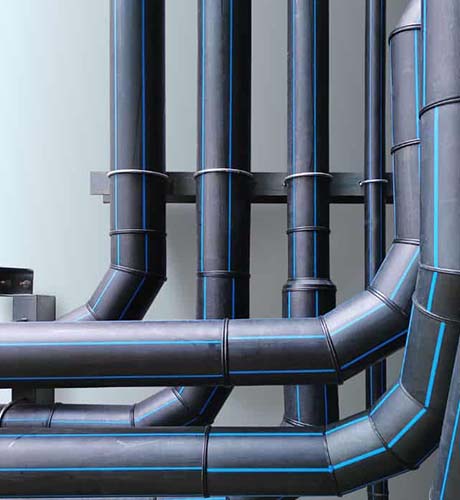
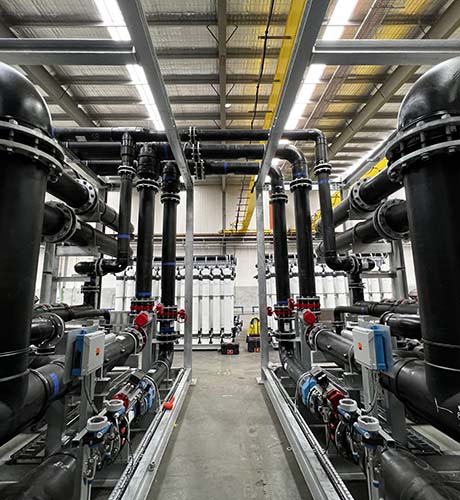
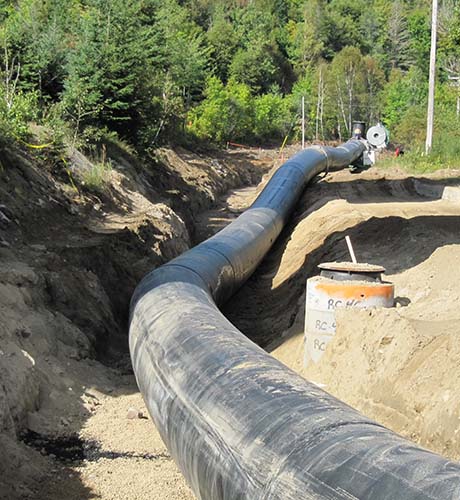
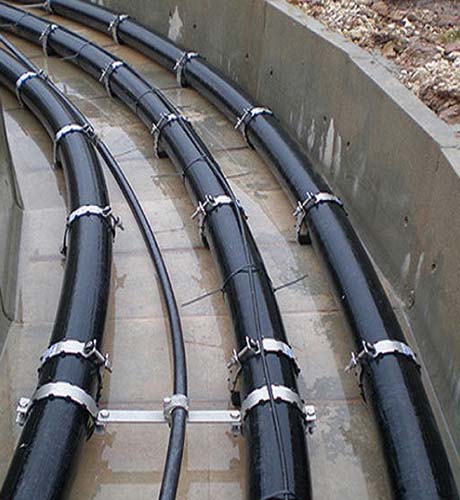
PE Pipe Advantages
Polyethylene tubes offer numerous advantages that set them apart from pipes made of other materials, contributing to their widespread use in various projects and applications.
Corrosion Resistance: HD Polyethylene pipes exhibit strong resistance to chemical corrosion, electrochemical corrosion, and microbial corrosion, ensuring long-term stability in diverse environments.
Lightweight and High Strength: With low density, polyethylene pipes are lightweight while maintaining high strength and stiffness, ensuring structural reliability.
Ease of Installation: Plastic polyethylene pipes are relatively flexible, easy to bend and cut, providing high flexibility and convenience during installation.
Fatigue Resistance: These pipes possess good fatigue resistance, maintaining structural integrity under long-term cyclic loads and avoiding fatigue rupture.
Low-Temperature Toughness: Polyethylene tubes retain a certain level of toughness in low-temperature environments, resisting brittleness and making them suitable for cold climates.
Excellent Electrical Insulation Properties: Due to their good electrical insulation properties, polyethylene hoses are commonly used in power engineering, effectively preventing current leakage.
Economical and Practical: PE hoses have a relatively low manufacturing cost, coupled with a long service life, making them economically viable and practical.
Environmental Protection: As a recyclable plastic material, HDPE hoses align with environmental protection requirements, contributing positively to sustainable development.
Chemical Stability: HD Polyethylene tubes exhibit good stability in various chemical environments, demonstrating excellent resistance to certain chemical substances.
Long Life: Thanks to their anti-corrosion and anti-aging properties, HD polyethylene hoses enjoy a long service life, reducing the need for frequent maintenance and replacement.
HD Polyethylene Pipe Applications
HDPE pipes serve diverse purposes across industries, construction, agriculture, and water treatment due to their versatile characteristics.
In the industrial sector, these tubes are instrumental in transporting chemicals, oil, and natural gas. Their inherent corrosion resistance mitigates hose issues, enhancing production efficiency. Additionally, polyethylene pipes are utilized in the manufacturing of crucial industrial equipment components such as pumps, valves, and connectors.
Within the construction field, pe pipes are the material of choice for water supply, drainage, floor heating, and air conditioning systems. Their lightweight nature, ease of installation, and cost-effectiveness make them preferred in construction projects.
In agriculture, polyethylene plastic pipes find application in irrigation systems and agricultural drainage. Their durability, resistance to corrosion, and ability to resist root intrusion contribute to improved efficiency and quality in agricultural production.
Furthermore, in the realm of water treatment, polyethylene pipes play a pivotal role in sewage treatment and the transportation of tap water. Their corrosion resistance, high-temperature tolerance, and pressure resistance make them indispensable in water treatment processes.
Overall, polyethylene tubes demonstrate versatility and reliability, contributing significantly to efficiency, safety, and sustainability across various sectors.
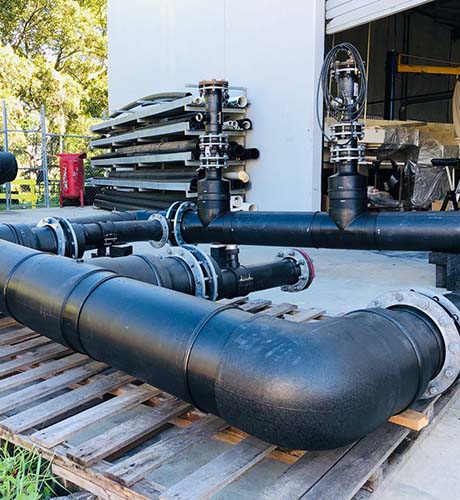
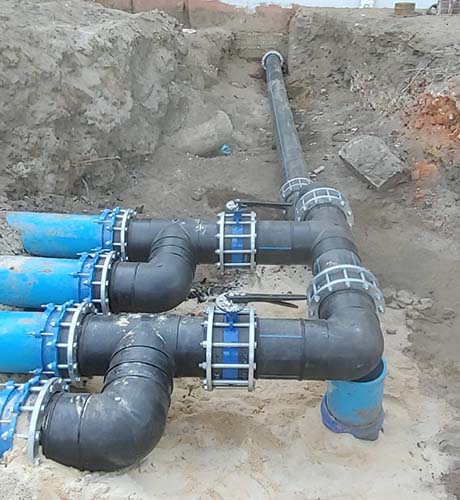
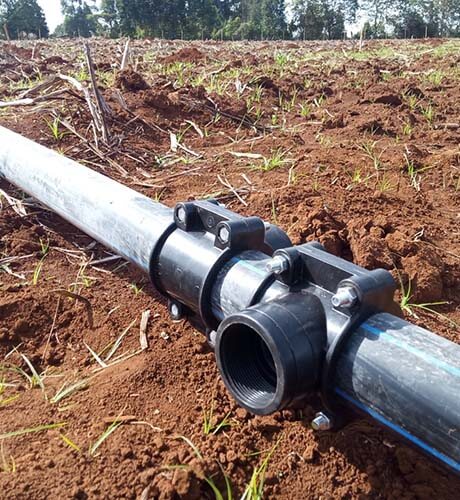
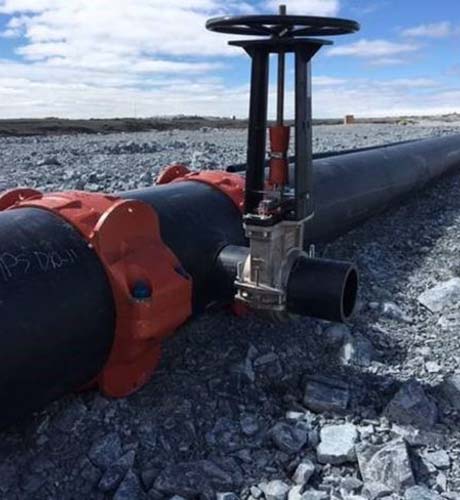
“Have a question? Click the button below to reach out to us directly for personalized support. ”
Rest assured, we’ll respond to your inquiry within 2 hours.
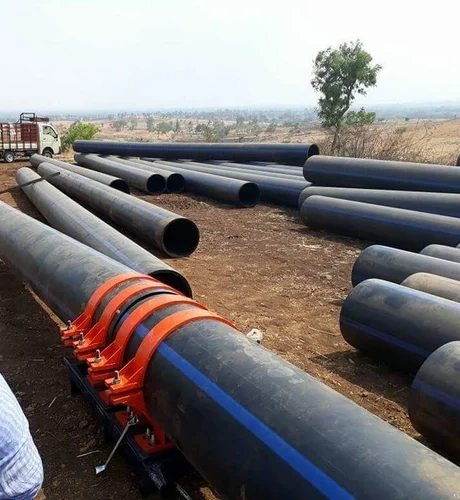
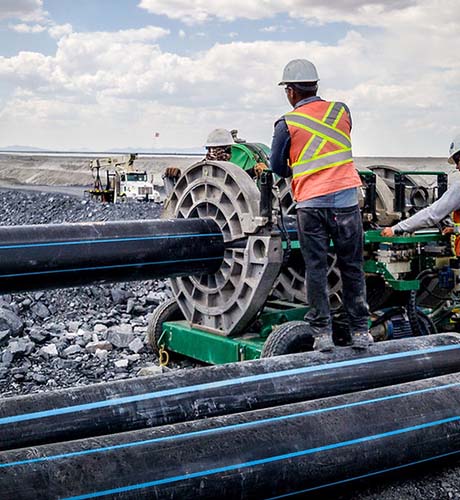

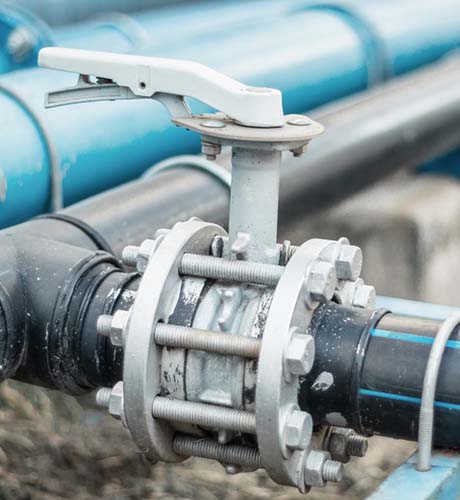
PE Plasic Pipe Installation Procedures
Using and installing the PE hose is straightforward and convenient. Below is a standard construction process.
Installation Instructions:
- Choose suitable PE pipes based on project requirements and environmental conditions.
- Thoroughly clean the construction site, ensuring a flat and dry foundation, and make necessary measurements and markings.
- Use hot melt or mechanical connections, paying attention to reinforcing support and secure fixation at the joints.
- Follow the specified route, slope, and depth outlined in the design drawings during the laying process, avoiding steep inclines or sharp corners.
- Install waterproof casings for pipelines passing through buildings or underground areas to prevent leakage.
- After installation, conduct a pressure test on the PE pipeline to ensure its sealing performance meets the required standards. Keep detailed records and complete relevant reporting forms.
PE Pipe Connection:
- Cut and scrape the ends of the two HDPE pipe heads, ensuring they are smooth, dry, and free from damage or oxidation.
- Commission and inspect the equipment to be used, such as heating plates and fixtures. Preheat and test the equipment to ensure it is in proper working condition and meets required standards.
- Choose the best positioning method based on the situation. Place the two hd polyethylene pipe sections on the heating plate, using clamps to secure and align them.
- Turn on the hot plate heater to initiate the heating process. Determine the heating time based on the pipe diameter and ambient temperature (usually 2-5 minutes). Turn off the heating plate when the pipe surface softens and takes on a liquid appearance, indicating the pipe has reached the melting temperature.
- Immediately use clamps to secure the two pipe sections, allowing excess gas pressure inside to self-release and minimizing the distance between the pipe end faces.
- Insert a welding rod coated with flux into the gap between the two pipes. Continuously rotate and push the welding rod along the pipe’s circumference, ensuring it melts and blends with the inner surface of the pipe.
Precautions for Installation of PE Tube
While the construction of PE tube is relatively simple, attention to the following considerations is crucial during installation. Here are specific precautions for PE hose installation:
- Before commencing welding operations, ensure that the polyethylene pipes and connectors meet specifications by conducting a thorough quality check.
- Then, meticulously clean the end surfaces to eliminate impurities such as dirt, dust, and grease. This step is crucial to maintaining the quality of the weld.
- Depending on the chosen connection method, apply the correct HDPE pipe welding techniques. For hot plate welding, workers should master parameters such as temperature, pressure, and time. For electrofusion sleeve welding, proficiency in controlling the electric fusion head’s temperature and speed is essential.
- Exercise reasonable control over the welding speed to prevent issues such as poor welding or excessive deformation. Maintaining synchronization between the current pipe section and the previous one is vital during this process.
- After completing the hd polyethylene pipe welding, execute cutting and sealing operations promptly. This prevents the entry of harmful substances into the plastic PE pipe, ensuring its effectiveness and longevity.
- Prioritize safety during low density polyethylene pipe welding construction. Adhere to safety protocols, wear appropriate personal protective equipment, strictly follow operational guidelines, and implement fire prevention measures to ensure the well-being of both personnel and equipment.
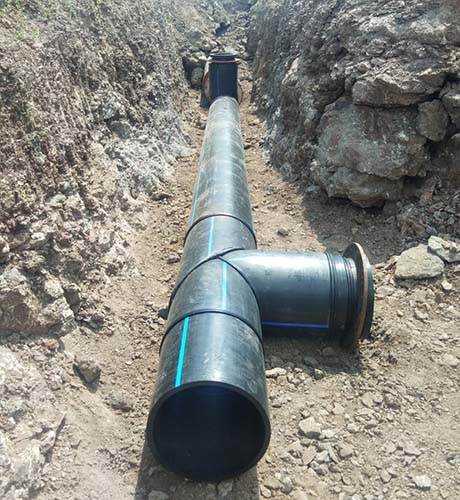
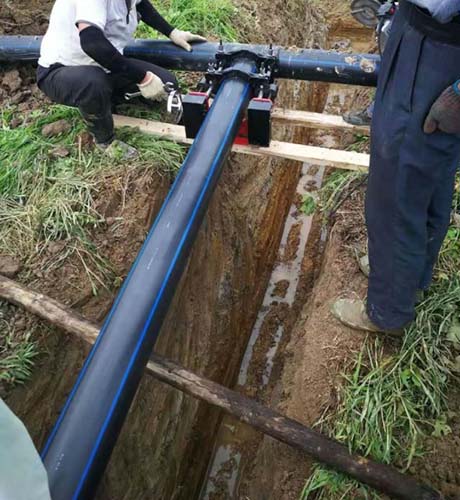
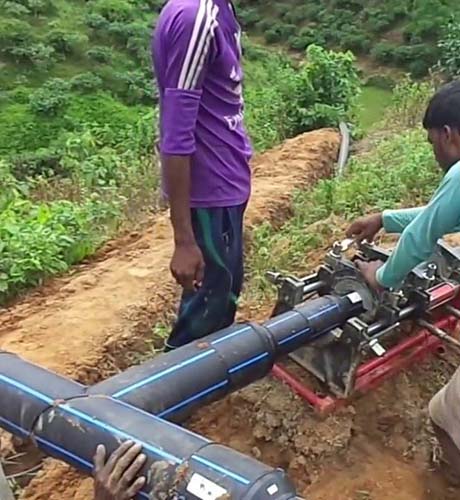
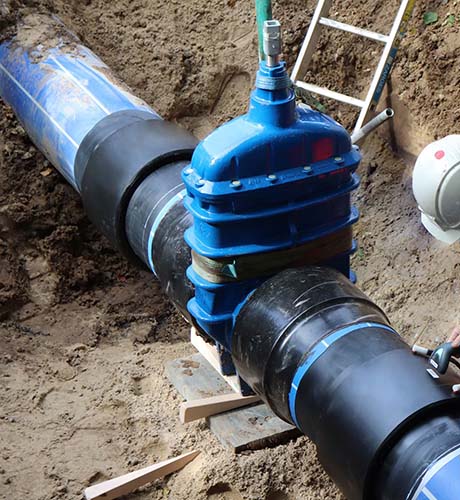
Recent Projects
Discover our recent client projects and explore the range of tailored, personalized support we provide. Share your requirements and receive the ideal solution.

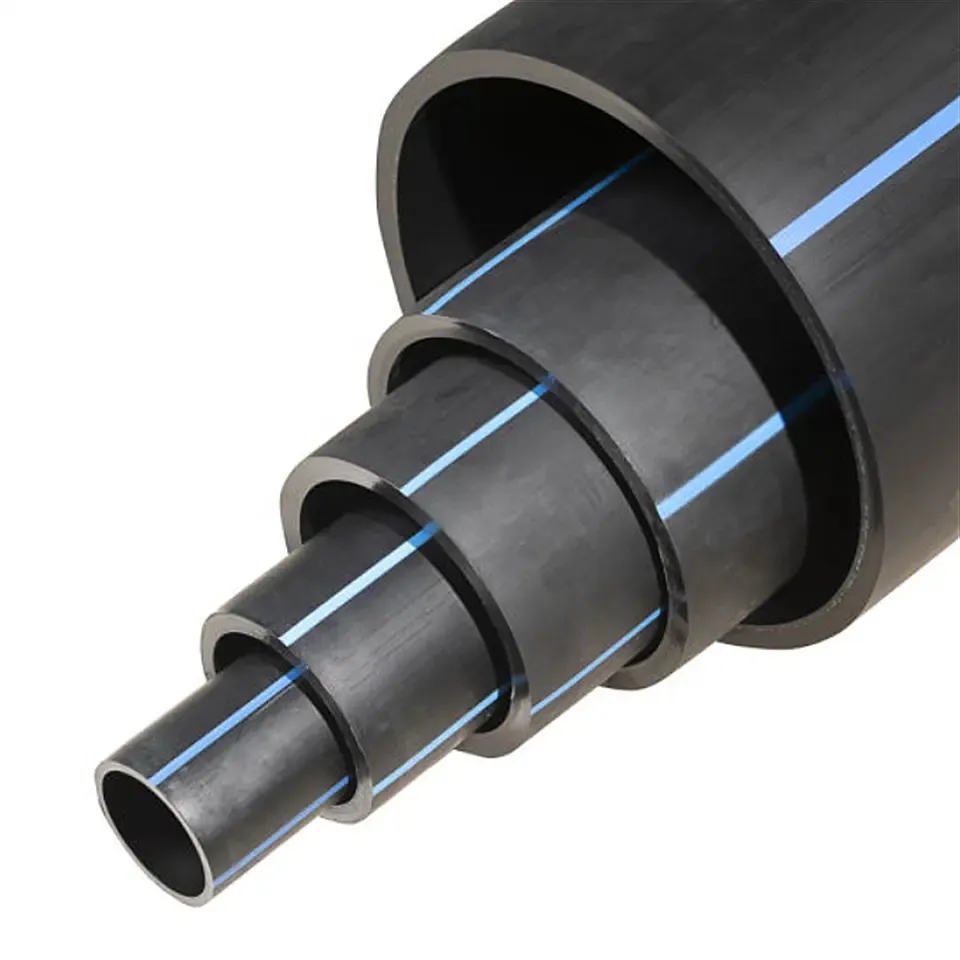
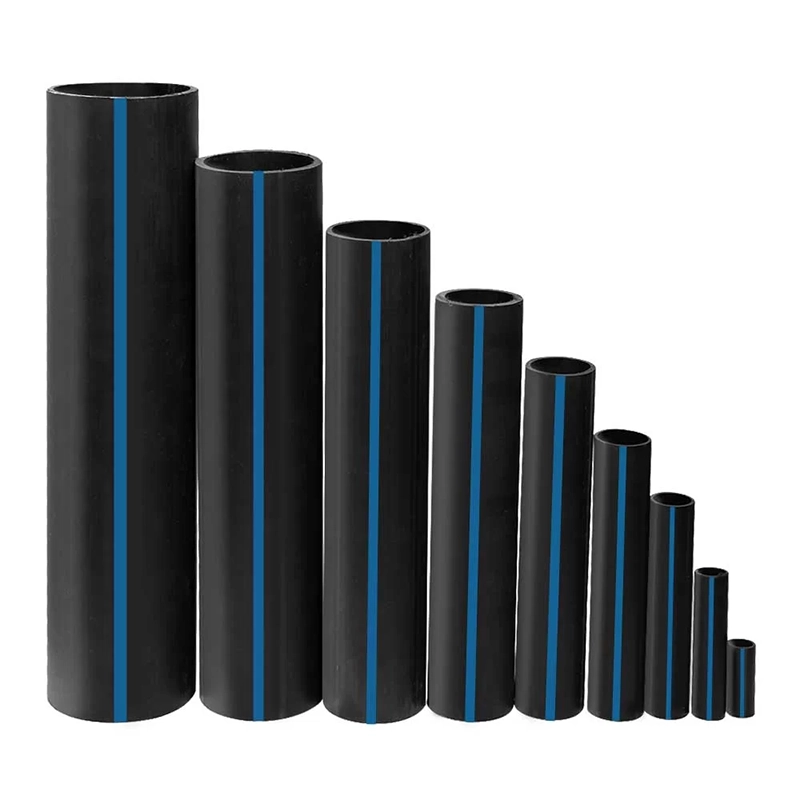

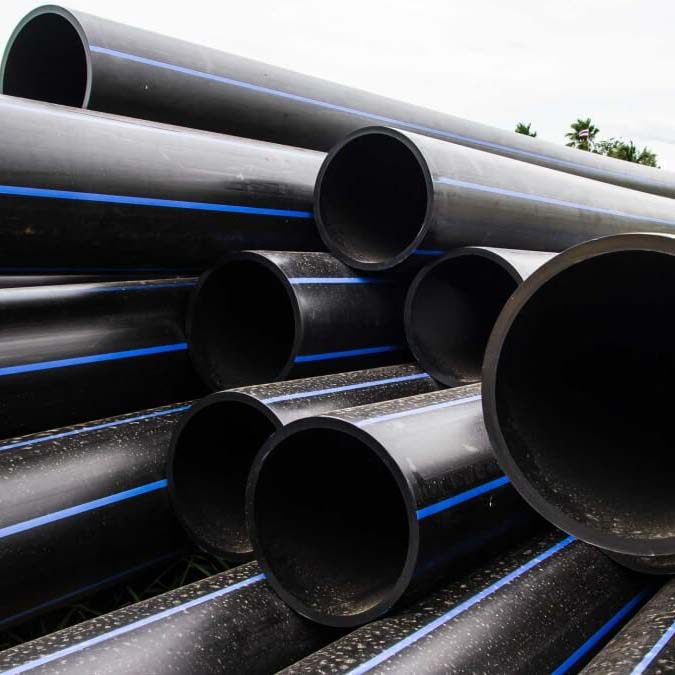
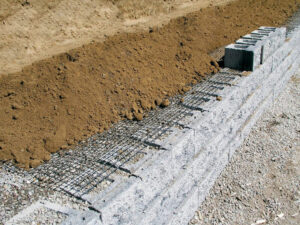

Reviews
There are no reviews yet.